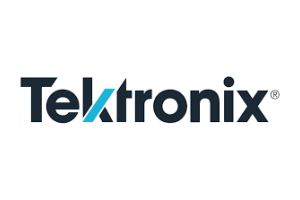Power-to-Gas is coming
Coexistence of Batteries and Hydrogen
Hydrogen technologies can become a key to new, promising business models for energy suppliers.
For example, according to the latest study "Strategic Development of Energy Utilities" by management consultants Horváth & Partners, confidence in the positive development through power-to-gas has doubled in the last two years. Currently, around 60 percent of utilities are expecting high to very high margins in the medium and long term. 44 companies took part in the study, representing around 55 percent of the German energy market in terms of the number of metering points.
The breakthrough has not yet been achieved, but Power2X could solve several problems at once. The term refers to different technologies for storing or using surplus electricity from renewable energies. These include hydrogen technology, which is based on the electrolysis process. In this process, water is broken down into its components hydrogen and oxygen using electricity. In the power-to-gas variant, the hydrogen released in the process is converted in a next step into a synthetic gas that can be used for heating or for propulsion systems, for example on ships. But hydrogen can also be used as a storage medium. Surplus electricity from wind and solar power can be converted into hydrogen, either stored or reused.
Increasing volatility - more storage required
Hydrogen technology could thus also play a significant role in the energy turnaround. By 2025, about 47 percent of the electricity in Germany will be generated from renewable energies, according to the forecast of the energy supply companies. This would mean that the federal government's target of 40 to 45 percent by 2025 would still be exceeded. According to the study results, the utilities expect growth in the area of photovoltaics, for example. 80 percent see the energy turnaround as an opportunity for their operations. This strong expansion of generation capacities would increase the volatility in electricity generation and thus the need for energy storage facilities. One such solution could be hydrogen.
Promising margins
The study shows that utilities see power-to-gas as one of the top three flexibility options for the power supply system. Hardly any other flexibility option promises similarly high margins in the future. This assessment has changed significantly for power-to-gas in the past two years: Today, 60 percent of the utilities attribute high potential to the technology; two years ago the figure was 25 percentage points lower. "However, the way to leverage this potential is often not yet clearly defined. Utilities are still looking for their strategy and show a very heterogeneous degree of maturity with regard to their future projects," says Matthias Deeg, head of Horváth & Partners' Energy Industry Consulting division.
Coexistence of technologies
Even with regard to mobility concepts, it is not yet clear where the journey will lead. Companies are not only relying on battery operation, but are also giving fuel cells a chance. In the bus and truck sectors, more than 75 percent of those surveyed see greater potential in hybrids and fuel cells than in pure battery operation. "We are dealing with a co-existence of different technologies. The larger the vehicle and the longer the distance, the more advantages hydrogen can offer," says Horváth expert Deeg. His prognosis for the areas of mobility and logistics, but also for energy supply: "We will see that the storage of energy from surplus green electricity in the energy carrier hydrogen will gain in importance. With the rising prices for CO2 certificates, this will also become increasingly attractive for municipal utilities and energy producers. "





